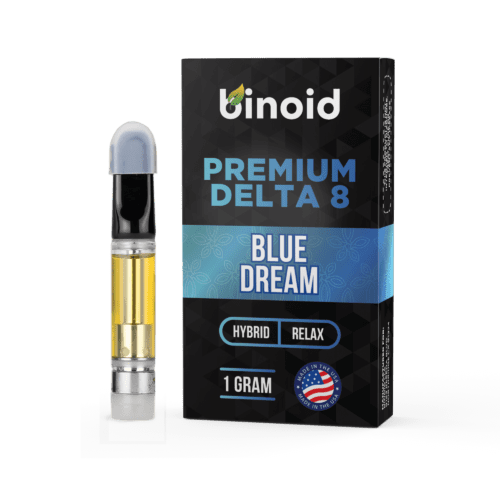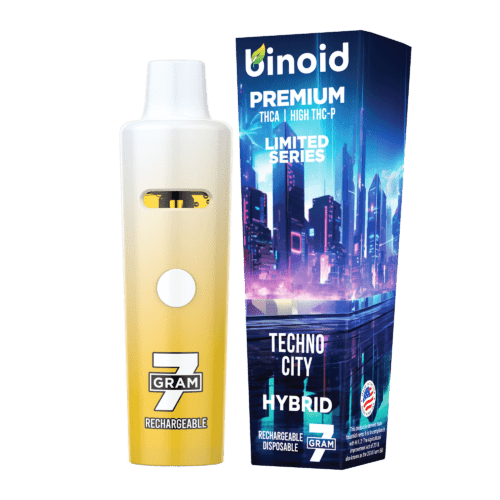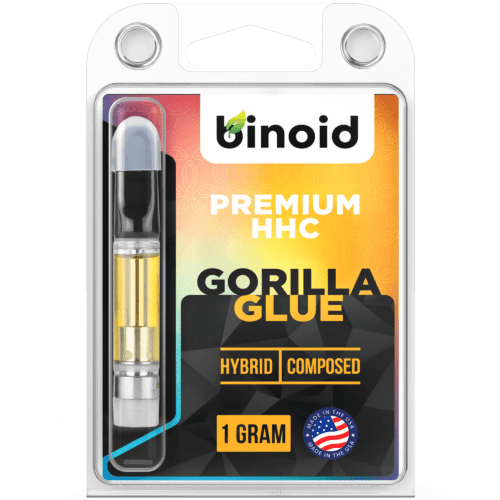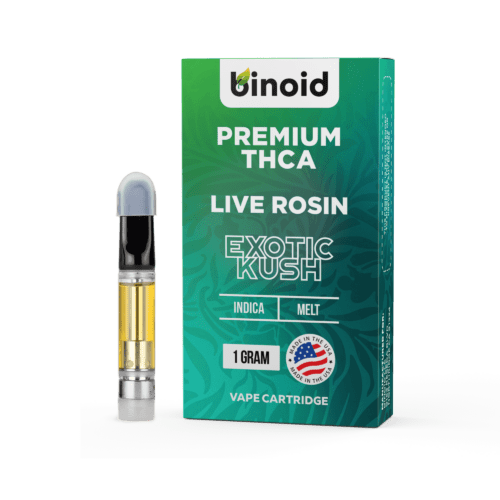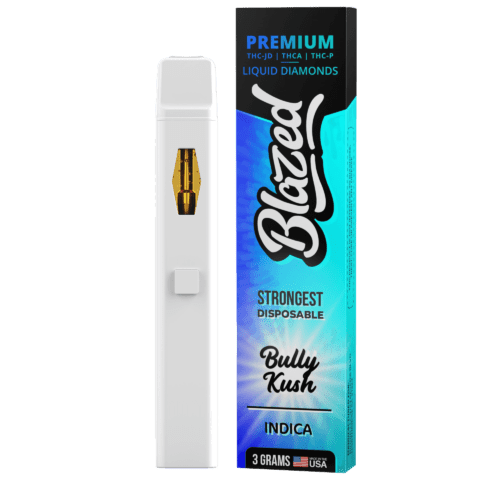The medical marijuana market has taught us that cannabis can be a genuinely valuable option for those who struggle with pain and inflammation on a frequent basis. The cannabinoids and terpenes in the plant can work together in ways that may lead to intensive relief, naturally.
As you probably know, certain strains are more geared toward pain relief and inflammation management than others, basically through their unique compositions. So, we will be exploring several amazing cannabis strains that really do go above and beyond to alleviate these common issues.
TO BUY THC PRODUCTS CLICK HERE
What is Soreness, Inflammation, and Pain?
Soreness, inflammation, and pain are interconnected phenomena often experienced as part of the body’s response to injury, stress, or disease. We are going to breakdown each term, so you can better understand their roles and distinctions.
Soreness
Soreness refers to the discomfort or mild pain felt in muscles after engaging in physical activity, especially new or intense exercises that the body is not accustomed to. This sensation is most commonly associated with Delayed Onset Muscle Soreness (DOMS), which occurs 24-72 hours after the activity. It’s considered a normal response to micro-damage in muscle fibers from exercise. Soreness can also result from other types of physical exertion or repetitive use of muscles.
Inflammation
Inflammation is the body’s natural response to injury, infection, or irritation, aiming to protect and heal the affected area. It is characterized by redness, warmth, swelling, and sometimes pain. While inflammation is a crucial part of the healing process, chronic inflammation can contribute to various diseases and conditions, including heart disease, diabetes, and autoimmune disorders. The process involves the immune system sending white blood cells and other substances to the site of injury or infection to fight off foreign invaders and facilitate tissue repair.
Pain
Pain is a complex and subjective sensation that can vary greatly in intensity, quality, and duration. It serves as the body’s warning system to indicate injury, disease, or a threat to the body. Pain can be acute, lasting for a short period, or chronic, persisting for months or even longer. It can result from a wide range of conditions, including injury, infection, nerve damage, and chronic diseases. Pain perception is influenced by biological, psychological, and social factors and can significantly impact an individual’s quality of life.
What are the Typical Causes and Symptoms of Soreness, Inflammation, and Pain?
Soreness, inflammation, and pain are common symptoms that can arise from a variety of causes. They can occur in many parts of the body and result from different conditions or activities. Below is a general overview of typical causes and symptoms associated with these conditions.
Causes:
- Injury or Trauma: Sudden injuries, such as sprains, strains, or fractures, can cause immediate pain and inflammation. Overuse injuries from repetitive motions can also lead to soreness and swelling over time.
- Infections: Bacterial, viral, or fungal infections can lead to inflammation and pain in the affected area of the body. For example, throat infections can cause soreness, and skin infections can lead to painful, inflamed areas.
- Autoimmune Diseases: Conditions like rheumatoid arthritis, lupus, and multiple sclerosis involve the immune system attacking the body’s own tissues, leading to inflammation, pain, and soreness in various parts of the body.
- Chronic Diseases: Conditions such as osteoarthritis, fibromyalgia, and chronic fatigue syndrome are associated with persistent pain and may involve inflammation.
- Physical Exertion and Exercise: Muscle soreness often occurs after intense physical activity or exercise, especially if the body isn’t accustomed to it. This is known as delayed onset muscle soreness (DOMS).
- Poor Posture and Ergonomics: Long periods of sitting or standing with poor posture can lead to muscle soreness and pain, particularly in the back, neck, and shoulders.
-
Product on sale
 HHC Vape Cartridge – Gorilla Glue$29.99
HHC Vape Cartridge – Gorilla Glue$29.99$69.99
Symptoms:
- Pain: Can vary from mild to severe, acute to chronic, and can be constant or intermittent. Pain may be described as sharp, dull, throbbing, or aching.
- Swelling: Inflammation often leads to swelling in the affected area, which can restrict movement and increase pain.
- Redness and Warmth: Areas of inflammation may appear redder and feel warmer to the touch than surrounding tissues.
- Stiffness: Joints affected by inflammation or soreness may feel stiff, especially after periods of inactivity.
- Loss of Function: In some cases, pain and inflammation can lead to a decreased range of motion or difficulty performing everyday tasks.
- Fatigue and General Discomfort: Especially in cases of chronic inflammation or autoimmune diseases, individuals may experience overall feelings of malaise and tiredness.
Note: These symptoms can vary greatly depending on the underlying cause, the body part affected, and the individual’s overall health. If you’re experiencing persistent pain, inflammation, or soreness, it’s important to consult with your doctor/physician for a proper diagnosis and treatment plan. They can offer more specific insights tailored to your condition.
How is Soreness, Inflammation, and Pain Diagnosed and Treated Usually?
While soreness and pain can be symptoms of inflammation, not all pain is associated with inflammation, and not all inflammation results in noticeable pain. Understanding the distinctions and relationships between these experiences is important for effective treatment and management strategies, which may include rest, medication, physical therapy, and changes in physical activity or lifestyle.
Diagnosis:
- Medical History: A healthcare provider will start by asking about the patient’s medical history, symptoms, and any activities or incidents that may have led to the condition.
- Physical Examination: This involves examining the area of concern to check for signs of inflammation (such as redness, warmth, swelling), tenderness, or pain. The range of motion may also be assessed.
- Imaging Tests: Depending on the symptoms and the suspected underlying condition, imaging tests such as X-rays, MRI, or CT scans may be recommended to get a detailed view of the bones, muscles, and other tissues.
- Laboratory Tests: Blood tests can help identify markers of inflammation or infection that might be contributing to the pain.
- Specialized Tests: In some cases, more specialized tests might be needed, such as nerve conduction studies for nerve damage or electromyography (EMG) for muscle disorders.
Treatment:
Treatment options vary widely based on the diagnosis but often include a combination of the following:
- Rest and Activity Modification: Resting the affected area and avoiding activities that exacerbate pain are often recommended initially.
- Ice and Heat Therapy: Applying ice can help reduce inflammation and numb the area, while heat therapy can relax muscles and improve blood flow.
- Over-the-Counter (OTC) Medications: Nonsteroidal anti-inflammatory drugs (NSAIDs) like ibuprofen and aspirin can reduce inflammation and pain. Acetaminophen can help with pain relief but does not reduce inflammation.
- Prescription Medications: For more severe pain, prescription medications such as stronger NSAIDs, muscle relaxants, or even opioids (for a short duration under strict supervision) might be prescribed.
- Physical Therapy: A physical therapist can design a personalized exercise program to strengthen muscles, improve flexibility, and reduce pain.
- Injections: For certain conditions, corticosteroid injections may be recommended to reduce inflammation and provide pain relief.
- Surgery: In cases where other treatments have failed, and there is a specific structural issue (such as a herniated disc or severe arthritis), surgery may be considered.
- Alternative Therapies: Some people find relief through acupuncture, massage, chiropractic adjustments, or yoga.
How Can Certain Cannabis Strains Help with Soreness, Inflammation, and Pain?
Cannabis strains can help with soreness, inflammation, and pain through several mechanisms, primarily due to the presence of cannabinoids such as THC (tetrahydrocannabinol) and CBD (cannabidiol), along with other compounds like terpenes. However, while cannabis can offer relief for soreness, inflammation, and pain, it’s important to keep in mind that its effectiveness and the appropriate strains or products can vary significantly between individuals.
Factor #1: Cannabinoids and the Endocannabinoid System
All mammals have an endocannabinoid system (ECS), which has a vital role in regulating pain, inflammation, and immune system responses. The ECS comprises cannabinoid receptors (CB1 and CB2) found throughout the body.
THC interacts with the CB1 receptor primarily found in the brain and nervous system, which can alter the perception of pain and provide relief. CBD, on the other hand, interacts with the CB2 receptor, which is more commonly found in the immune system, helping to reduce inflammation and pain without causing a high.
Factor #2: Anti-inflammatory Properties
Both THC and CBD have shown anti-inflammatory properties in various studies. By reducing inflammation, these cannabinoids can help alleviate the underlying causes of pain in conditions such as arthritis, muscle injuries, and other inflammatory diseases.
Factor #3: Synergistic Effects of Terpenes
Cannabis contains terpenes, aromatic compounds that contribute to the plant’s scent and flavor. Some terpenes also have therapeutic properties, including anti-inflammatory and analgesic (pain-relieving) effects. For example, myrcene has sedative effects and can enhance THC’s pain relief, limonene has mood-elevating properties, and caryophyllene has anti-inflammatory benefits. The synergistic effect of cannabinoids and terpenes, known as the “entourage effect”, can enhance cannabis’s overall therapeutic potential.
Factor #4: Strain-Specific Effects
Different cannabis strains have varying ratios of THC to CBD, as well as different terpene profiles. High-CBD strains are often recommended for inflammation and pain relief without intense psychoactive effects. In contrast, strains with a balanced THC:CBD ratio might offer more significant pain relief with some psychoactive effects, depending on the user’s tolerance and the specific condition being treated.
Factor #5: Topical Applications
Cannabis can also be used topically in creams, balms, and oils for localized relief of soreness and inflammation. This method allows the cannabinoids to interact with cannabinoid receptors in the skin without entering the bloodstream, providing targeted relief without psychoactive effects.
Why Does the Strain You Select Matter So Much Then?
Before we dive into our list of favorite THC strains, we want to explain why strains matter a lot more than some people tend to give them credit for. The strain refers to the cultivar of cannabis, as different cultivars naturally exist throughout the world, developing unique chemical compositions based on environmental factors. At the same time, breeders are crafting new strains constantly, combining specific cultivars together to produce unique desirable effects.
There are three types of strains:
- Sativa strains are regarded as “daytime” strains, with more uplifting, focus-enhancing, sociable, and energizing effects.
- Indica strains are favorable at nighttime due to producing deep feelings of relaxation and calm in the body and mind.
- Hybrid strains come from crossing an indica with a sativa, producing a unique balance between the two.
The effects that you derive from one strain can differ wildly from another. For instance, taking a very stimulating sativa is unwise if you’re trying to mellow out and go to bed. Taking a potent indica during work hours can prevent you from getting anything done, which is a problem if you’re trying to derive focus-enhancing, energizing effects from cannabis.
Fortunately, there are all kinds of cannabis strains out there, and plenty of information online behind each one. This means that it’s easier than ever to choose the perfect strain based on the specific effects that you’re trying to achieve.
Our Top Picks for Strains that Could Help You with Your Soreness, Inflammation, and Pain
Now, we can dive into some outstanding strains that’re capable of offering the potential relief you so deserve.
Soreness, Inflammation, and Pain Management Strain #5: Blue Dream
Blue Dream is one of the most desired strains in history, within both the medical and recreational markets. Renowned for its numerous therapeutic uses, this is a strain that can help you simultaneously stay focused, upbeat, creative, and calm. In terms of its taste, it’s got a delicious blueberry taste that fans of the strain can’t get enough of.
Blue Dream is a 60% sativa-leaning hybrid that can help you feel both relaxed and joyous, while having the unique ability to alleviate tension in the body on a profound level. It’s commonly recommended to chronic pain patients for that reason, as it can deliver a sense of ease in the muscles and joints that helps you feel your very best.
Soreness, Inflammation, and Pain Management Strain #4: Gorilla Glue
Gorilla Glue is a crowd-pleasing strain with a staggering THC level of 28%. It’s a 60% indica-leaning hybrid that comes from mixing Chocolate Diesel with Sour Diesel, and unsurprisingly, it has a flavor profile of lemons, chocolate, and, well, diesel fuel.
Its effects on mood are talked about quite a bit, as its euphoric yet calm high can be out of this world, not to mention stunningly potent. But, this is also a strain that has what it takes to knock out discomfort in the body, leaving you virtually paralyzed as each inch of the body experiences utter relief.
-
Product on sale
 THCA Diamonds 2500mg – Live Rosin$39.99
THCA Diamonds 2500mg – Live Rosin$39.99$59.99
Soreness, Inflammation, and Pain Management Strain #3: Girl Scout Cookies
One of the best-selling strains of all-time is Girl Scout Cookies (GSC) – a 60% indica-leaning hybrid that yields a staggering 28% THC. Its flavor is sensational, tasting of nutty vanilla cookies infused with fresh mint, juicy cherries, and bright lemon zest. Its taste alone can certainly put a smile on your face, but this strain really goes above and beyond to bring you serious relief.
Girl Scout Cookies hits you almost instantly with a cerebral, mood-lifting rush that gets the mind tingling with utter joy. At the same time, you will feel like tension in the body is melting away, helping you enjoy a break from soreness, inflammation, and pain.
Soreness, Inflammation, and Pain Management Strain #2: Pura Vida
Pure Vida is a 70% indica-dominant hybrid that’s frequently recommended to those struggling with pain and inflammation. It’s a cross between LA Pure Kush and Appalachia, with a skunky and lemony flavor and aroma. With 26-30% THC, it’s also an impressively potent strain that can get you seriously high.
Pure Vida makes your mind feel stoned, but its body high is what really sets it apart. It starts with a warm and tingly sensation along the spine, leading you into a state of pure couchlock, in which your body feels the best it has in years. The long-lasting nature of the ‘high’ keeps you utterly gratified for hours as you experience true relief.
Soreness, Inflammation, and Pain Management Strain #1: Maui Wowie
Maui Wowie is a phenomenal choice for pain relief, and one of the top go-to’s on the medicinal market. This strain has a glorious tropical fruit flavor, and yields above-average THC levels, while being an 80% sativa-dominant hybrid.
Its high is euphoric and creative, which alone gives it a lot of adoration, but its effects on the body make it stand out from the rest, as you’ll never feel sedated at any time, while a warm and tingly sensation runs along the body and obliterates any discomfort that’s holding you back from getting through the day.
These Cannabis Strains Can Deliver the Potential Physical Relief You’ve Been Searching For!
Here’s the deal: cannabis can offer positive physical effects, and these amazing strains have what it takes to really get you to the place you want to be in terms of your body. We can’t recommend any of them enough if you’re ready to melt away that tension and soreness that’s holding you back. Explore all of these strains and more at Binoid today!


